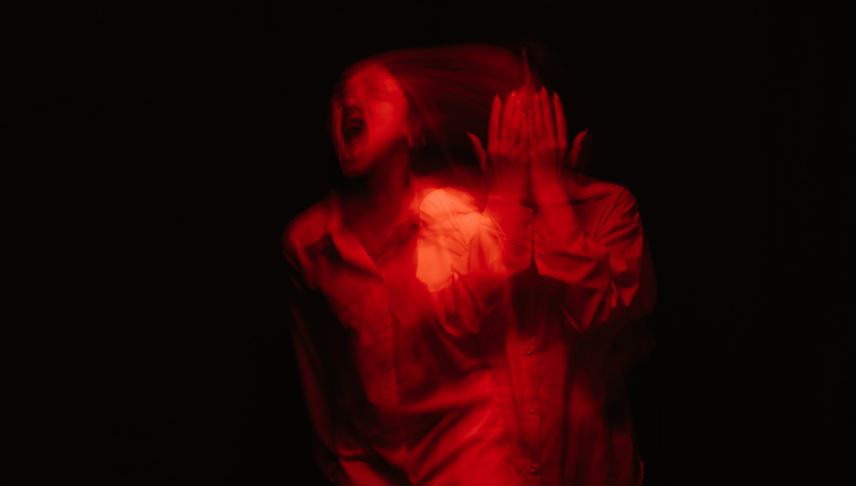Dissociative Disorders: Understanding Multiple Personalities

A group of conditions that fall under dissociative disorders cause disturbances in a person’s memory, consciousness, identity, and experience of reality. Multiple personality disorder (MPD), formerly known as dissociative identity disorder (DID), is one of the most well-known dissociative disorders. This blog post will delve into dissociative disorders, specifically focusing on understanding DID and the concept of multiple personalities.
What is Dissociation?
Dissociation is a natural defense mechanism that everyone experiences to some extent. It involves disconnecting from one’s thoughts, feelings, memories, or sense of identity to cope with overwhelming stress, trauma, or emotional pain. In healthy individuals, dissociation is temporary and doesn’t significantly disrupt daily life. However, this coping mechanism in dissociative disorders becomes dysfunctional and can lead to various symptoms.
Dissociative Identity Disorder is often the most misunderstood of all dissociative disorders due to its portrayal in media and popular culture. To gain a clearer understanding of DID, let’s explore some key aspects of the condition:
The Presence of Multiple Personalities
The occurrence of two or more different personality states is a hallmark of DID. They are often referred to as alters. These alters may have their names, ages, genders, and unique characteristics. They can emerge at different times and may or may not be aware of each other’s existence. The switching between alters can be triggered by stress, trauma reminders, or other emotional factors.
The Role of Trauma
DID is closely linked to a history of severe psychological or physical trauma, typically occurring during childhood. Trauma is considered the primary trigger for the development of alternate personalities as a way for the individual to cope with and compartmentalize the overwhelming experiences.
Coexistence and Co-consciousness
While alters may have distinct identities and memories, some individuals with DID experience varying degrees of co-consciousness. This means different personalities can be aware of each other’s thoughts, feelings, and actions at different extents. Co-consciousness can fluctuate over time.
Diagnosis and Treatment
Diagnosing DID can be complex due to its secretive nature. Mental health experts employ systematic clinical interviews and diagnostic techniques to detect the existence of multiple personalities and rule out other illnesses. Treatment typically involves psychotherapy, focusing on integrating the different characters into a cohesive self. To assist people in managing their symptoms and moving toward integration, therapists may employ methods like DBT and EMDR, also known as eye movement desensitization and reprocessing.
What Are The Types of Dissociative Disorders?
Before we dive deeper into DID, let’s briefly discuss the various types of dissociative disorders:
- Dissociative Identity Disorder (DID) is the most complex and widely recognized disorder. It entails having two or more personality states present, each with thoughts, feelings, and actions. These alters may have different names, ages, genders, and physical characteristics.
- Dissociative Amnesia: Individuals with this disorder experience significant memory gaps, usually related to traumatic events. They may forget important personal information or periods of their lives.
- Depersonalization-Derealization Disorder: Depersonalization involves feeling disconnected from oneself as if observing one’s body and actions from a distance. Derealization involves feeling detached from one’s surroundings as if everything is unreal or distorted.
What are the Common Misconceptions About DID?
There are several misconceptions about DID that contribute to stigma and misunderstanding. Let’s address some of these misconceptions:
Multiple Personalities Are Dangerous
In media portrayals, individuals with DID are often depicted as dangerous or violent. In reality, people with DID are not inherently destructive. Most individuals with DID are more likely to harm themselves than others.
Alters Are Like Movie Characters
The portrayal of alters as dramatically different personalities, akin to characters in a movie, is inaccurate. Alters may have varying characteristics, but they are not fictional personas. They are part of the same individual’s consciousness.
DID Is Extremely Rare
While DID is rare, it is likely underdiagnosed due to its secrecy. Estimates suggest that DID occurs in approximately 1-2% of the general population.
Conclusion
People with dissociative identity disorder, previously called multiple personality disorder, have two or more personality states. It often emerges due to severe trauma and is a coping mechanism to compartmentalize overwhelming experiences. While DID can be challenging to understand, it’s essential to approach it with empathy and dispel common misconceptions.
If you or someone you know struggles with a dissociative disorder, seeking professional help is crucial. With proper diagnosis and appropriate therapy, people with DID can learn to control their symptoms and work toward integration, resulting in a more unified and satisfying existence. Understanding and support from loved ones are also essential in the journey to recovery for those living with dissociative disorders.

